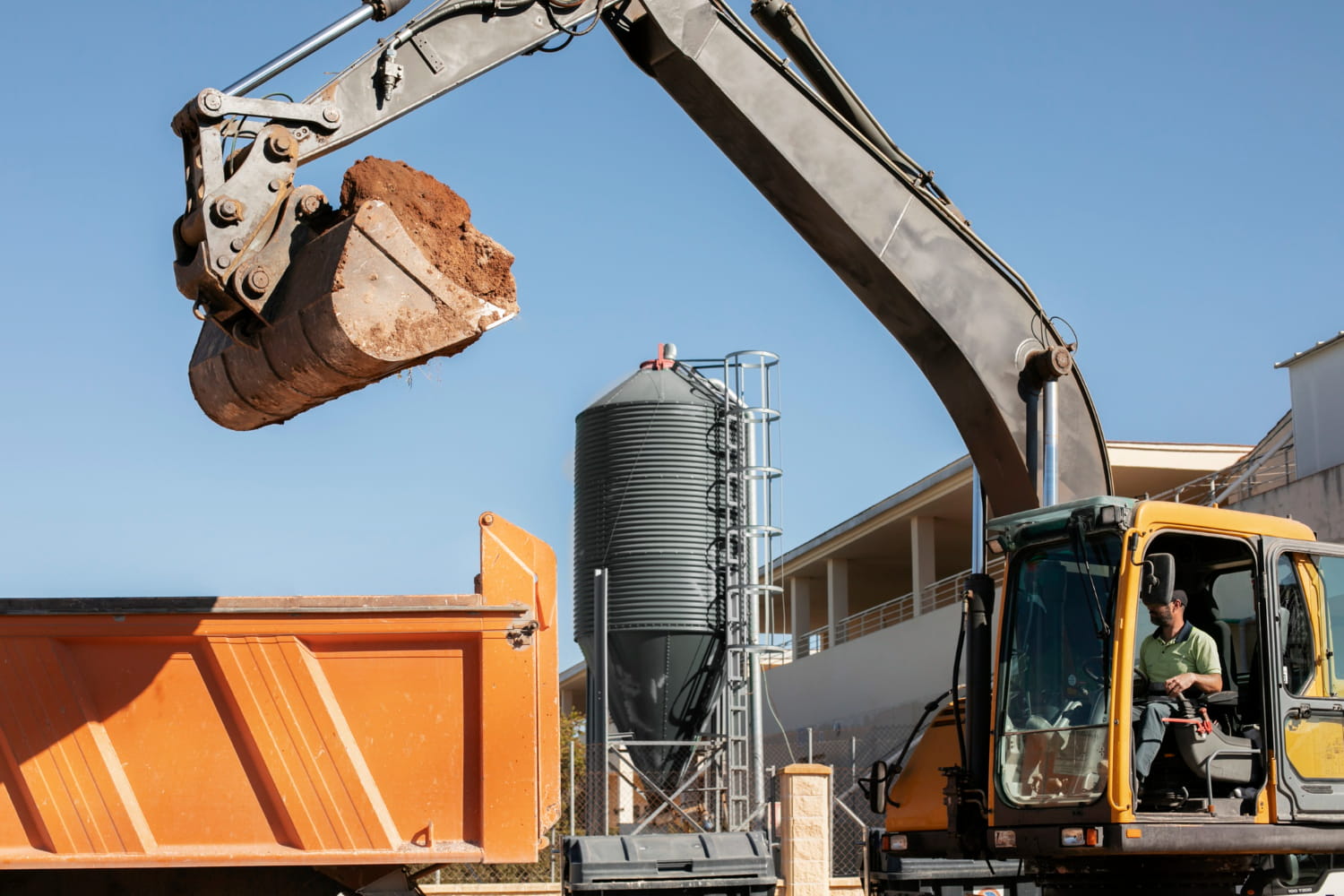
Batching plants are essential for making concrete and other materials used in construction. These plants mix different ingredients to create the right product. While batching plants are important, they can also be dangerous if proper safety rules aren’t followed.
Worker safety is the number one priority. Following the right safety protocols can help prevent accidents and injuries in the workplace.
Batching plants come with several risks. Workers deal with heavy machines and materials that can be harmful. They may also face dangers from dust, chemicals, and moving parts.
Injuries can happen from equipment malfunctions, slips, falls, or exposure to harmful substances. For these reasons, it is important to follow strict safety protocols to keep everyone safe.
Personal protective equipment (PPE) is a must for everyone working in batching plants. PPE helps protect workers from potential dangers. The essential PPE includes:
Machines are the backbone of batching plants. But they can break down or malfunction if not properly maintained. Equipment should be checked regularly to make sure it’s working safely. Any signs of damage or wear should be fixed quickly. Operators should also be trained to use the equipment safely and follow the manufacturer’s instructions.
Training is key to a safe batching plant. All workers need to understand the safety procedures. They should know how to:
Regular safety drills help keep everyone prepared in case something goes wrong.
Safety signs are essential in batching plants. They show workers where the dangers are. Signs should be placed near machines, chemicals, and busy areas. They should be easy to read and understand, even if workers speak different languages.
Safety guidelines should also be posted in common areas so workers can review them anytime.
Dust is a big problem in batching plants, especially when handling cement. Breathing in dust for too long can cause serious health problems. To prevent this, batching plants must have proper ventilation systems. These systems help clear dust from the air. Workers should also wear dust masks when working in areas with a lot of dust.
Creating a safety culture is essential. Management must lead by example. They should show a strong commitment to safety. Workers should feel comfortable reporting hazards or safety concerns. Regular meetings and open communication can help everyone stay aware of potential risks.
In conclusion, following safety protocols in batching plants is crucial to protect workers. Personal protective equipment, regular machine checks, training, clear signs, and dust control measures all play a big role in keeping everyone safe. Safety should always be a priority in batching plants to prevent accidents and ensure that workers can do their jobs without fear of harm.